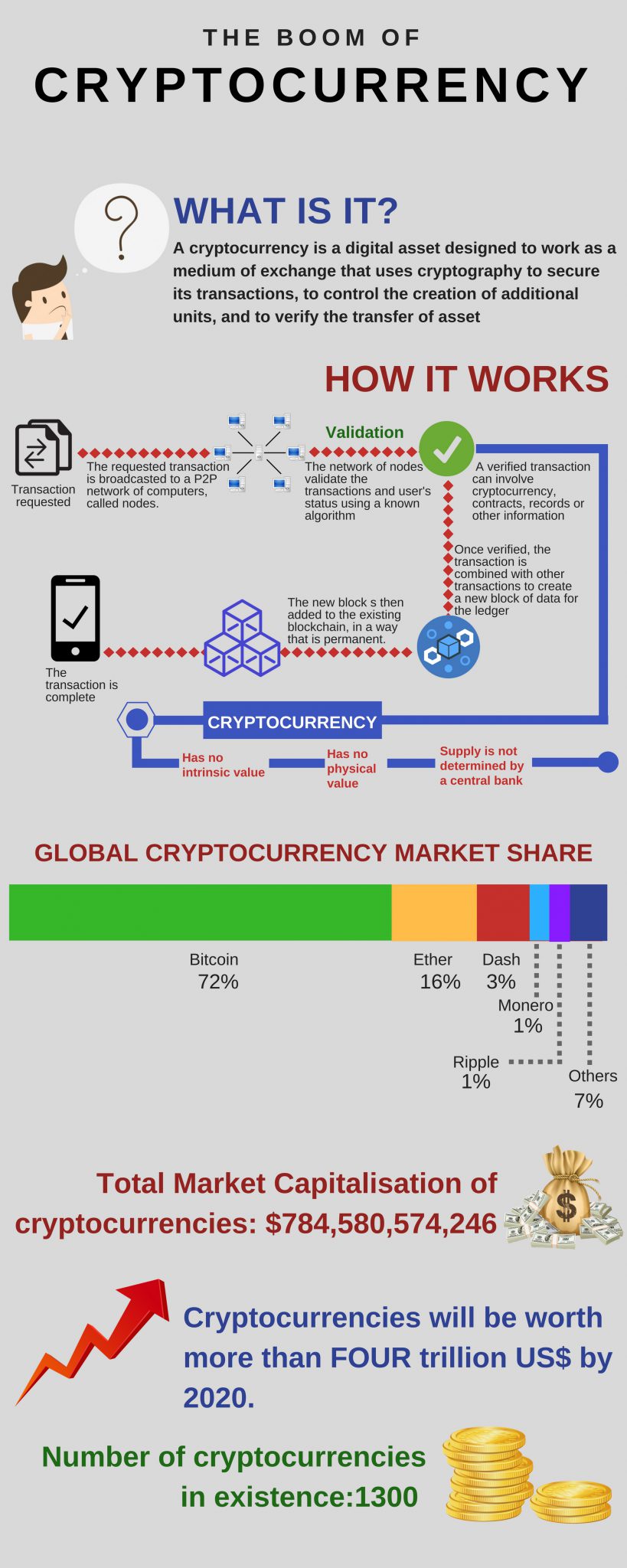Is cryptocurrency safe
Additionally, the unfortunate reality is that some cryptocurrencies are nothing more than scams, launched in a matter of minutes via the processes described above. Founders hope they can make a quick buck while hiding behind the anonymity of the blockchain.< most expensive concert ever /p>
CoinMarketCap does not offer financial or investment advice about which cryptocurrency, token or asset does or does not make a good investment, nor do we offer advice about the timing of purchases or sales. We are strictly a data company. Please remember that the prices, yields and values of financial assets change. This means that any capital you may invest is at risk. We recommend seeking the advice of a professional investment advisor for guidance related to your personal circumstances.
Play-to-earn (P2E) games, also known as GameFi, has emerged as an extremely popular category in the crypto space. It combines non-fungible tokens (NFT), in-game crypto tokens, decentralized finance (DeFi) elements and sometimes even metaverse applications. Players have an opportunity to generate revenue by giving their time (and sometimes capital) and playing these games.
While some tokens are launched with high degrees of customization, which can take expertise and time, others come online with a few clicks. It doesn’t require technical knowledge to launch a token on top of another blockchain—merely a few minutes of their time.

How does cryptocurrency work
The remittance economy is testing one of cryptocurrency’s most prominent use cases. Cryptocurrencies such as Bitcoin serve as intermediate currencies to streamline money transfers across borders. Thus, a fiat currency is converted to Bitcoin (or another cryptocurrency), transferred across borders, and subsequently converted to the destination fiat currency without third-party involvement.
Traditional financial (TradFi) systems rely on centralised entities like banks to validate and process transactions. In contrast, cryptocurrencies use decentralised networks of computers (nodes) to achieve consensus on transaction validity. This decentralisation reduces the risk of single points of failure and increases the resilience of the network.
I’ve told you about how the first cryptocurrency was created and how it works. I’ve also told you about how cryptocurrency is stored and used. Now, let’s look at some other cryptocurrencies that have been created since Bitcoin.

The remittance economy is testing one of cryptocurrency’s most prominent use cases. Cryptocurrencies such as Bitcoin serve as intermediate currencies to streamline money transfers across borders. Thus, a fiat currency is converted to Bitcoin (or another cryptocurrency), transferred across borders, and subsequently converted to the destination fiat currency without third-party involvement.
Traditional financial (TradFi) systems rely on centralised entities like banks to validate and process transactions. In contrast, cryptocurrencies use decentralised networks of computers (nodes) to achieve consensus on transaction validity. This decentralisation reduces the risk of single points of failure and increases the resilience of the network.
How to invest in cryptocurrency
As we touched on before, each blockchain has its own DeFi infrastructure, though many platforms opt to deploy on multiple different blockchains. For this reason, the DeFi landscape is somewhat of a rabbit hole, and it can be difficult to stay on top of every new development and innovation.
Tip: Cryptoassets are very different from mainstream financial assets. This could make them a good option for investors looking to diversify their portfolio, although be sure to research any potential investments before committing capital to a trade.
You should also research the team behind the cryptocurrency project. Evaluate their expertise, experience, and track record. A talented and experienced team increases the likelihood of successful project execution.
There are numerous risks in cryptocurrency trading, including regulatory risk, market risk, operational risk, liquidity risk, and security risk. Fortunately, there are risk management strategies you can employ to help keep your risk exposure at a reasonable level. Let’s look at a few popular strategies.